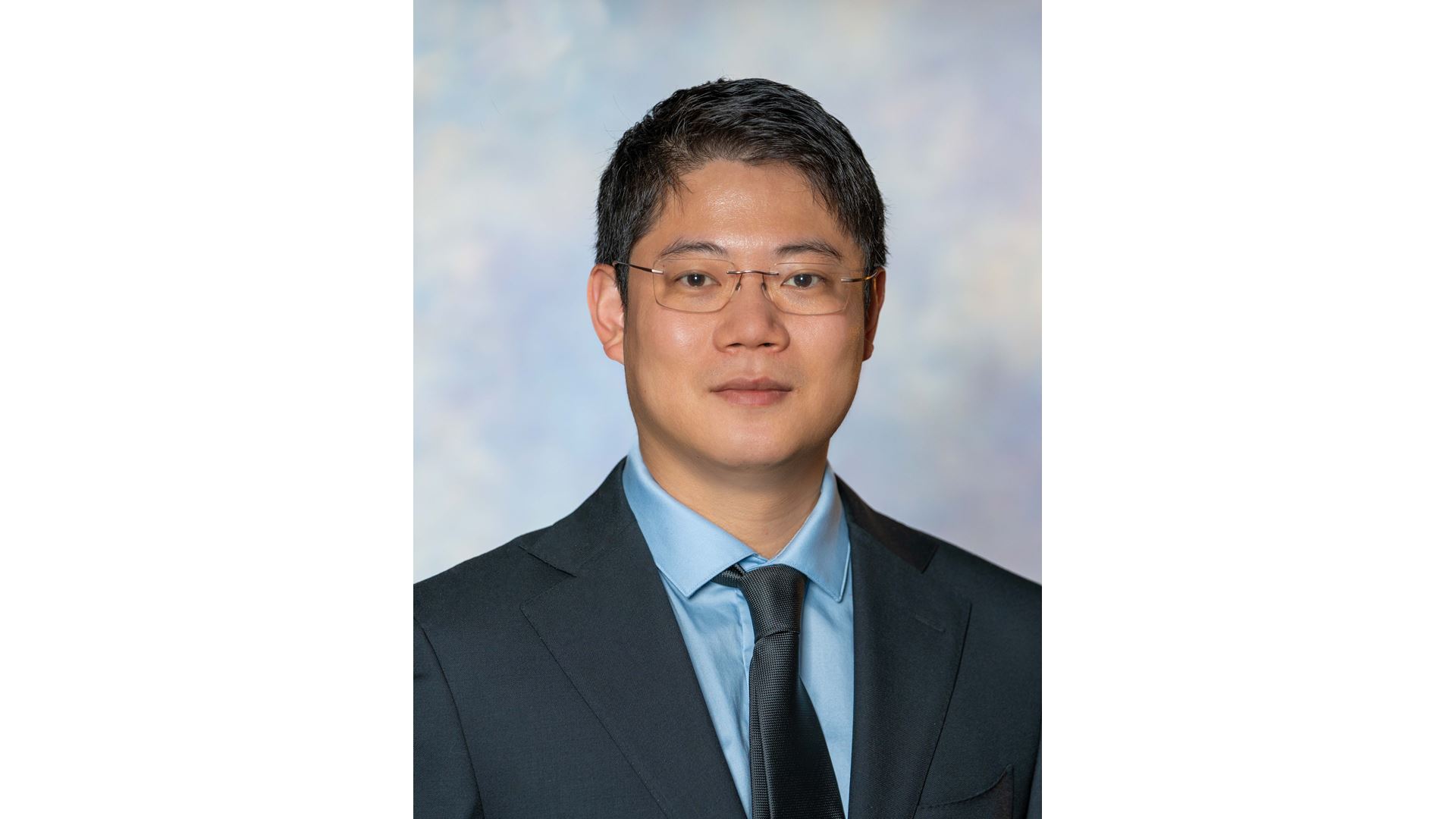New Mexico State University will lead a $14.2 million project to research the possibility of a large-scale pumped storage hydropower facility that will provide reliable power and long-duration energy storage capacity to the West Interconnection of United States.
In collaboration with the Navajo Nation, the Carrizo Four Corners Pumped Storage Hydropower Center Project is funded through $7.1 million from the U.S. Department of Energy and $7.1 million in cost share contributions, including $2 million from the New Mexico Department of Higher Education’s Technology Enhancement Fund and $1.1 million from the New Mexico Energy, Minerals and Natural Resources Department.
The project, which will be located entirely on Navajo Nation lands in the Four Corners region spanning the New Mexico-Arizona border, would be designed to provide both energy and a wide range of auxiliary services.
“The Navajo Nation is providing strong support for the project, assisting NMSU with permitting, access to project sites and collaboration on environmental and cultural reviews,” said Fengyu Wang, principal investigator and NMSU Klipsch School of Electrical and Computer Engineering assistant professor. “This partnership builds on a long-standing relationship between NMSU and the Navajo Nation, rooted in mutual respect, shared goals and sustainable energy development.”
Pumped storage hydropower, first developed in the U.S. in 1930, is a form of hydroelectric energy storage that operates much like a giant battery. It uses two reservoirs at different elevations: electricity is generated as water flows downhill through turbines, and excess power is consumed to pump water back uphill. This cycle allows energy to be stored when supply is high and released when demand increases. Advanced turbine technologies enable pumped storage hydropower to deliver critical ancillary services such as frequency regulation, spinning reserve and voltage support.
The proposed pumped storage hydropower facility is designed with a generating capacity of 1,500 MW, a pumping capacity of 1,338 MW and approximately 70 hours of storage duration.
“The Carrizo Pumped Storage Hydropower project addresses the seasonal production-load mismatch critical for a reliable and cost-effective decarbonized grid,” Wang said. “It will provide seasonal-duration storage to shift surplus variable renewable energy from spring to meet summer peak demand, and from early fall to offset winter underproduction. This capability is essential for maintaining reliability during extreme extended weather events and prolonged wind/solar lulls.
“Beyond renewable integration, Carrizo Pumped Storage Hydropower will stabilize large continuous loads like data centers by providing backup, peak-shaving and flexible load balancing to ensure uninterrupted operations and optimal efficiency,” he said.
Pumped storage hydropower is the most dominant form of energy storage on the electric grid today, according to the DOE, and it is vital in bringing more renewable resources onto the grid.
NMSU is leading a multi-institutional team that includes Kinetic Power LLC, Columbia University, Colorado School of Mines, Baylor University, Argonne National Laboratory and
Los Alamos National Laboratory. Additional NMSU team members include Di Shi, electrical and computer engineering associate professor, and Patricia Sullivan, College of Engineering associate dean for outreach.
To learn more about the project, visit carrizo.nmsu.edu.
-30-
CUTLINE: New Mexico State University will lead a $14.2 million project to research the possibility of a large-scale pumped storage hydropower facility that will provide reliable power and long-duration energy storage capacity in collaboration with the Navajo Nation. (Courtesy photo)
CUTLINE: Fengyu Wang, New Mexico State University Klipsch School of Electrical and Computer Engineering assistant professor, is leading a $14.2 million U.S. Department of Energy-funded project in collaboration with the Navajo Nation to explore a large-scale pumped storage hydropower facility that will provide reliable power and long-duration energy storage to the Western grid. (Courtesy photo)

